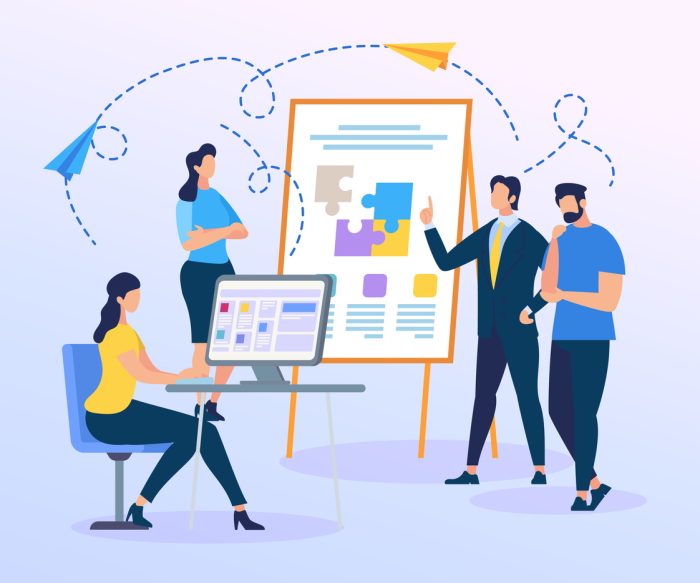Here’s the deal – at DemoFlick, we may be an animated video production company, but you’d be surprised by the wide range of knowledge we’ve accumulated over the years.
We’ve worked with a range of clients in various industries, and each client has their own specialty, from biochemical engineering to financial investment.
- Blog
- 4 years ago
- by Wade Koens
- Uncategorized
What we’ve learned after years of making animation videos
Here’s the deal – at DemoFlick, we may be an animated video production company, but you’d be surprised by the wide range of knowledge we’ve accumulated over the years. We’ve...


